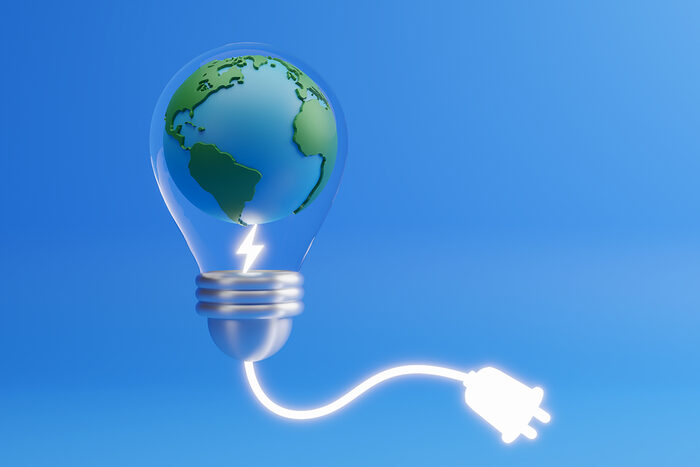|
Landeshauptstadt Dresden - www.dresden.de https://www.dresden.de/en/business/tomorrow-s-home/news/2024/016-snaps.php 08.07.2024 16:02:14 Uhr 22.04.2025 11:48:28 Uhr |
|
How to harvest energy from the environment
We are surrounded by energy. With the right "harvesting tools", such as solar cells or wind generators, we can also use it for our own purposes. In the SNAPS project, a team of engineers from the Dresden University of Applied Sciences (HTWD) now wants to generate electricity from the movements of humans, animals and machines. The wiggle of a cow's ears can be enough to do this.
Independence from batteries and power connections - this is what Dresden researchers are hoping to achieve with a new generation of "energy harvesters", which they are currently working on in the federally funded "SNAPS" project. The trick: they convert the energy available in the environment, such as mechanical movements, into usable electricity. These "scalable sustainable autonomous electrical power generation systems" ("SNAPS") are to be used, among other things, for monitoring machines and systems such as wind turbines. They also supply energy to tracking chips in dairy cattle farming. The starting point is the permanently chewing cow, which also wags its tail and ears.
Lutz Göhler, Professor at the Faculty of Electrical Engineering and Director of the Institute of Applied Electronics (IAE), goes into more detail about the technology: "Inside, a small generator and electronics tuned to it work together. On the one hand, the electronics ensure that the generator is operated with the highest possible efficiency, and on the other hand, it adapts the voltage provided by the generator to the requirements of the connected consumer."
The researchers want to design their energy harvesters from the outset in such a way that they can be easily expanded. The aim is to enable autonomous power suppliers that are just a few centimetres or even several decimetres in size. The systems also score points not only because they are largely self-sufficient, but also because they are sustainable. They have a long service life, require significantly fewer resources to manufacture than conventional rechargeable batteries or batteries and the individual materials can be recycled.







